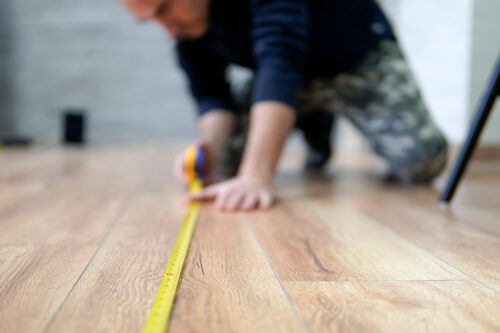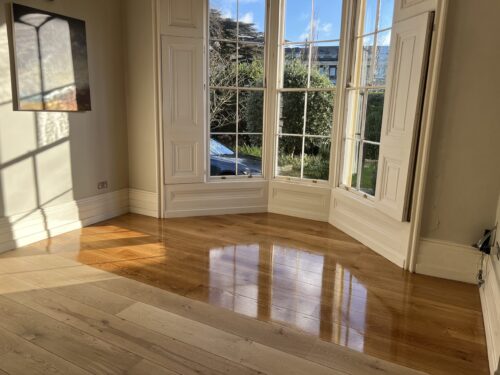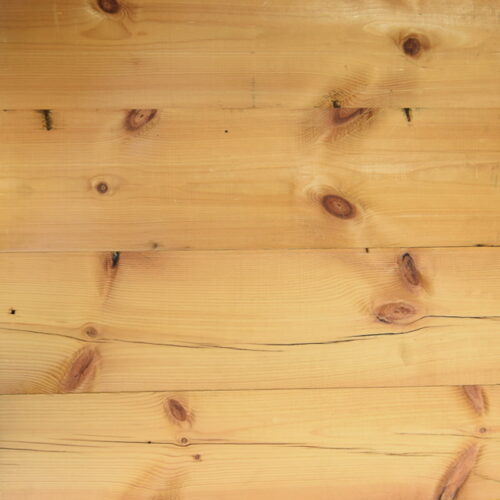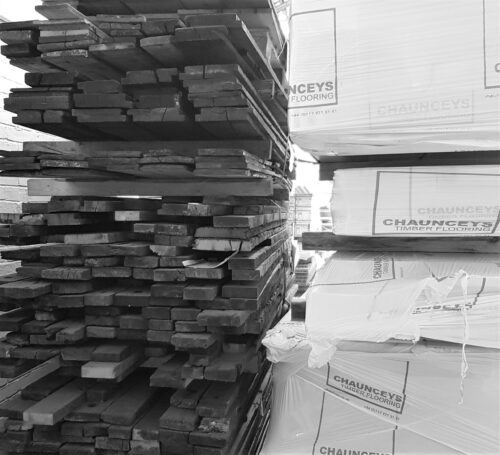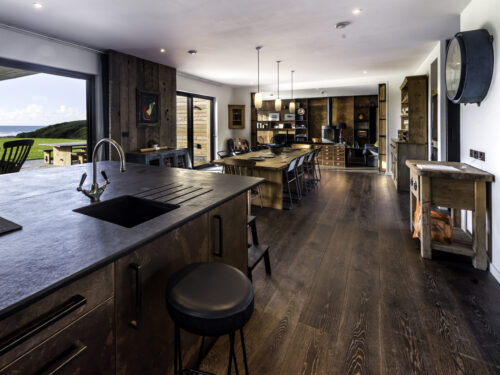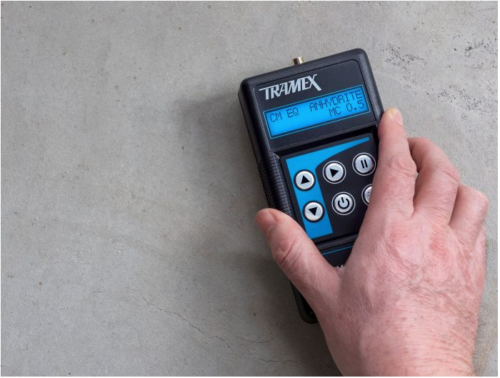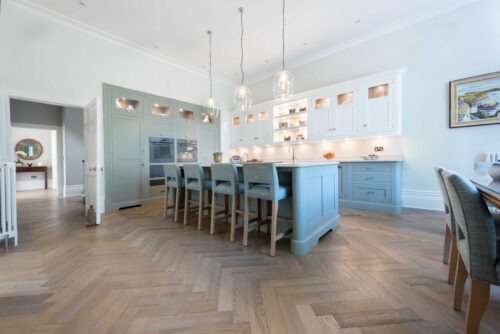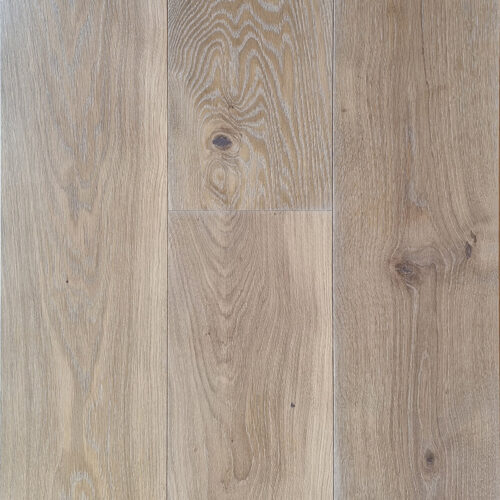Why Is My Flooring Cupping?
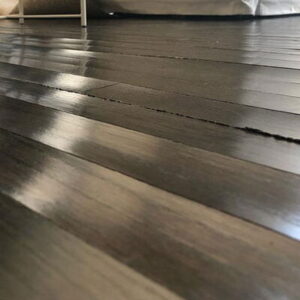
What Does a Cupping Floor Look Like?
How can you tell if your floorboards are cupping? The characteristics are easy to spot: the edges of the planks lift upwards and rise higher than the centres. The floorboards will appear to dip in the middle, becoming concave in shape, and the floor’s surface will look like it is rippling where the edges of each board are raised.
Cupping of Solid Wood Flooring
There are several possible reasons why your wood flooring might start cupping, but it always involves an imbalance of moisture content between the tops and the undersides of the floorboards. Cupping is your wood floor’s natural reaction when the tops and the bottoms of each board are exposed to two different environments.
When wood flooring is laid, any subsequent increase in the relative humidity of its new home will cause the wood to take on more moisture and expand— this is especially true with solid hardwood flooring.
In most cases, cupping of solid wood flooring happens because of excessive moisture levels beneath the planks. As the bottoms of the planks absorb more moisture than the tops, the undersides swell and force the board’s edges upwards.

What Might Cause Your Solid Wood Flooring to Cup?
What can cause a difference in moisture content between the tops and bottoms of your planks? The most common causes include excessive subfloor moisture, and infiltration of water from household leaks, spills, or floods. Even overzealous cleaning with a wet mop can cause cupping of your wood flooring.
Subfloor Moisture
If there’s unwanted moisture present in your subfloor, the unfinished undersides of each floorboard will absorb it quickly. The increase in the wood’s moisture content on the underside of planks will cause the bottom of each board to expand more than the top; therefore, the floor will start cupping.
Checking the moisture content of a concrete or screed subfloor with a moisture meter prior to fitting is crucial. Please see our fitting guide for more details.
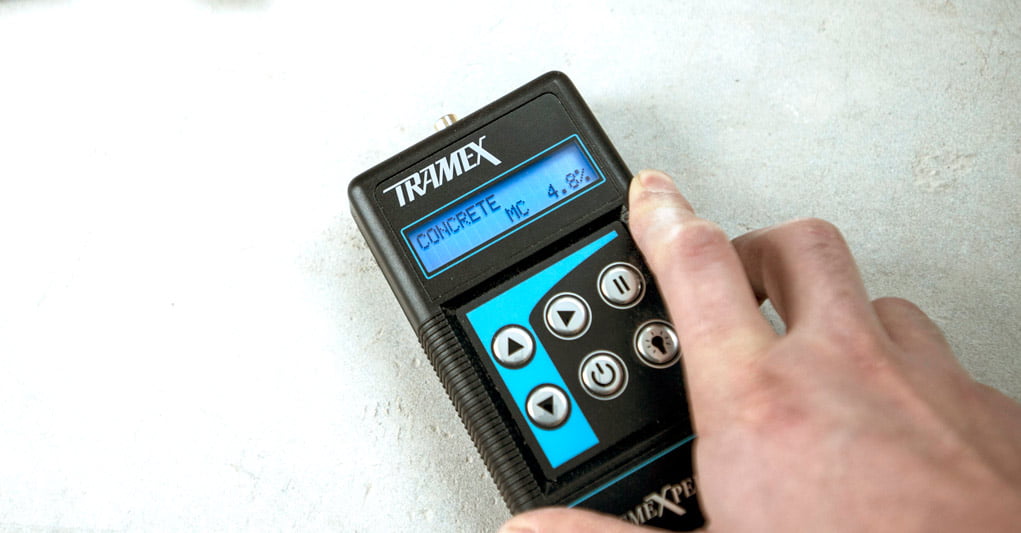
Water Damage: Careless Cleaning Methods, Spills, Leaks, and Floods
Cupping is often caused by water from leaks or floods. Leaving too much water on your wood flooring when you clean it can also cause the planks to start cupping. Water left on the surface tends to seep through the gaps in the floorboards and settle underneath the planks.
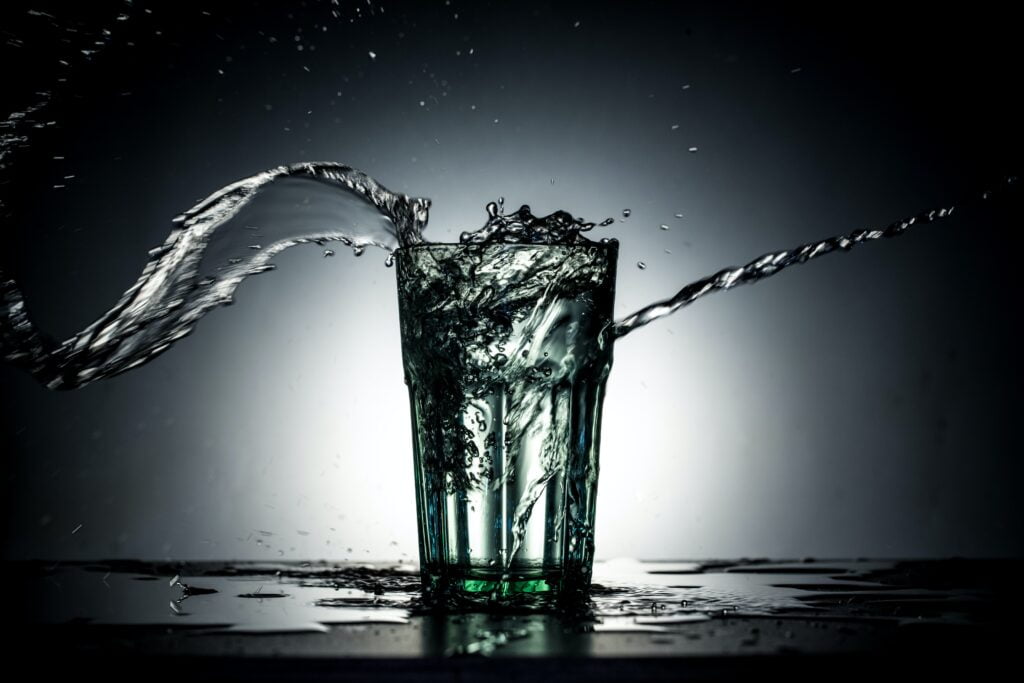
Identify and Stop the Source of the Moisture
The faster you find and stop the source of the moisture, the better. Whether it’s a leaky pipe or a broken washing machine, fixing it as soon a possible will minimise the damage.
If the subfloor is identified as the source of the problem, you will most likely need to take the flooring up to try and rectify the issue — this is very likely to damage the floorboards, adding considerable extra costs.
Dry out the Floor and Balance Your Home’s Relative Humidity
After a floor is water damaged, the most effective way to dry it out is to use a combination of dehumidifiers, gentle heating, and fans. If you can carefully return your wood flooring to its original moisture content, the floor should settle and return to its original state.
Dry Cupping of Engineered Wood Flooring
Engineered wood flooring is designed to be structurally stable and to cope with environmental changes; however, it can still be susceptible to cupping.
Whereas solid wood flooring will usually cup when there’s a rise in moisture content of the underside of the planks, cupping in engineered wood flooring can occur when there’s a reduction in moisture content on top of the boards.
When there’s a significant decrease in relative humidity of the air above the boards, the wear layer will lose moisture and shrink more quickly than the rest of the board. This can cause the wear layer to try and pull away from the ply core board, starting with the edges curling upward. The result: cupped wood flooring.
Prevention is Better Than Cure
Preventing these problems in the first place is always the preferred option. This means properly acclimatising your floorboards to their new environment and checking the subfloor is completely dry prior to fitting.
To help avoid any flooring issues, it’s important to keep changes in your home’s relative humidity to a minimum; keeping the moisture content of your wood flooring as consistent as possible will help you to avoid potential problems caused by excessive movement.
Can Cupping be Fixed?
If your wood flooring does start cupping, balancing out your home’s relative humidity and keeping it at a consistent healthy level is usually the best course of action.
Can the effect of cupping be reversed? Depending on the severity of the cupping, the wood flooring should settle back down once the planks have fully dried out, and relative humidity of its environment has stabilised.
What About Sanding?
If drying out the floor and stabilising the relative humidity in your house hasn’t solved the issue, and the floor still appears to be cupped, sanding the floor is an option. This is best left to experts, though, and must only be done if the floor has completely dried and reacclimatised to the room in its normal conditions. If the floor is sanded before the floor is fully dry and it could shrink further and leave your wood flooring with another problem known as crowning, where the centre of the boards is higher than the edges.


